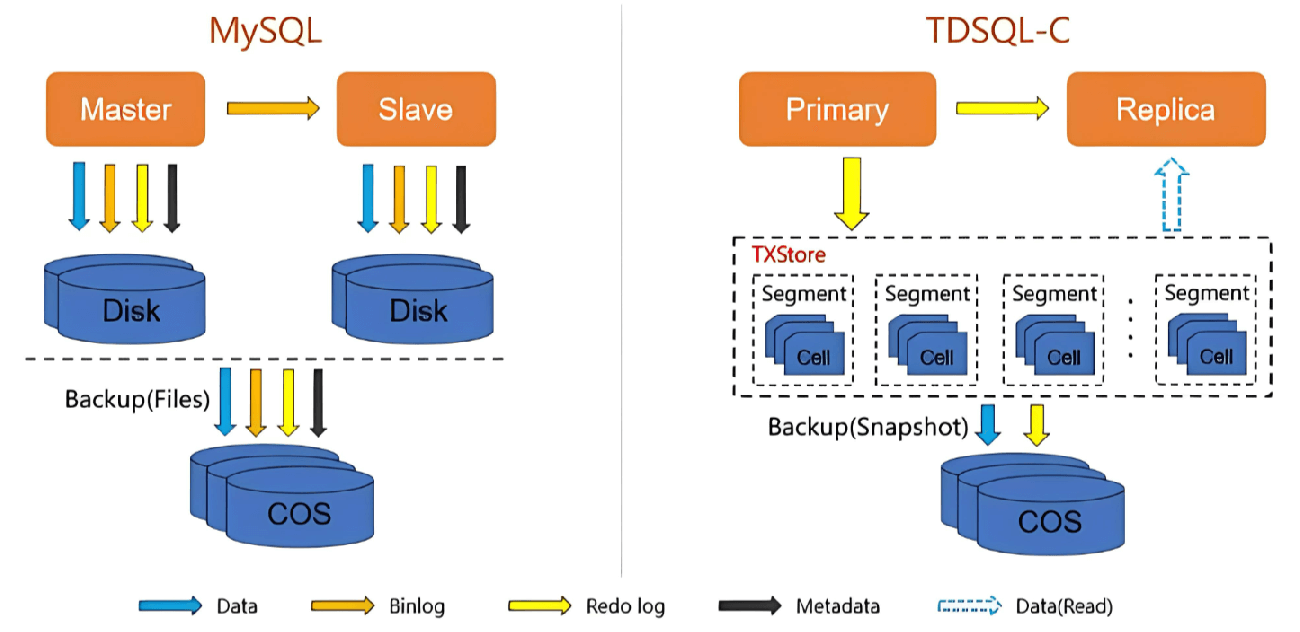Query optimization is a crucial aspect of database performance tuning, aimed at reducing the execution time and resource consumption of queries. Below are some common query optimization techniques along with examples:
1. Use Appropriate Indexes
Problem: Full table scans cause slow queries.Optimization: Add indexes to columns that are frequently used in search conditions.
Example:Suppose we have a users table and the email field is frequently queried. Without an index, a query searching for a specific email will result in a full table scan.
SELECT * FROM users WHERE email = 'user@example.com';
Add Index:
CREATE INDEX idx_email ON users(email);
Adding an index helps the database quickly locate records with the specified email, avoiding a full table scan.
2. Avoid Unnecessary Columns and Rows
Problem: Queries return unnecessary data.Optimization: Select only the required columns and rows.
Example:Suppose you only need the user's name and email, not all the information.
SELECT name, email FROM users WHERE active = 1;
By specifying specific columns and selecting only active users (active = 1), we reduce the amount of data processed.
3. Use Efficient JOIN Strategies
Problem: Inefficient joins may cause performance issues.Optimization: Ensure that the tables being joined have appropriate indexes, and optimize the join order.
Example:Suppose we need to get information from the users and orders tables, which are related by the user_id field.
SELECT u.name, o.order_date FROM users u JOIN orders o ON u.id = o.user_id WHERE o.status = 'shipped';
Ensure that there are indexes on users.id and orders.user_id. If the orders table has many records with the status 'shipped', it might be better to filter the orders table first, and then join the users table. This reduces the number of rows to be joined.
4. Be Cautious with Subqueries and Derived Tables
Problem: Subqueries and derived tables can result in complex nested queries, increasing execution time.Optimization: Use joins instead of subqueries whenever possible, or ensure that subqueries are properly indexed.
Example:Suppose you want to find a list of all users who purchased a specific product. An unoptimized query might use a subquery:
SELECT name FROM users WHERE id IN (SELECT user_id FROM orders WHERE product_id = 123);
An optimized query can use a join instead of a subquery:
SELECT DISTINCT u.name FROM users u JOIN orders o ON u.id = o.user_id WHERE o.product_id = 123;
5. Use Query Hints and Optimizer Hints
Problem: The database optimizer may not always choose the optimal query plan.Optimization: In some cases, query hints can be used to influence the query plan choice.
Example:In MySQL, you can use STRAIGHT_JOIN to force the optimizer to join tables in the order specified in the FROM clause.
SELECT /*+ STRAIGHT_JOIN */ u.name, o.order_date FROM users u JOIN orders o ON u.id = o.user_id;
6. Other Common Optimization Strategies
Limit Use of Wildcards: Avoid using
SELECT *; only retrieve the columns that are necessary.Use Appropriate Data Types: Ensure that data types are as compact as possible, which helps reduce disk I/O and memory usage.
Avoid Complex Expressions: Avoid using complex expressions or functions in the
WHEREclause, as this may prevent the use of indexes.





